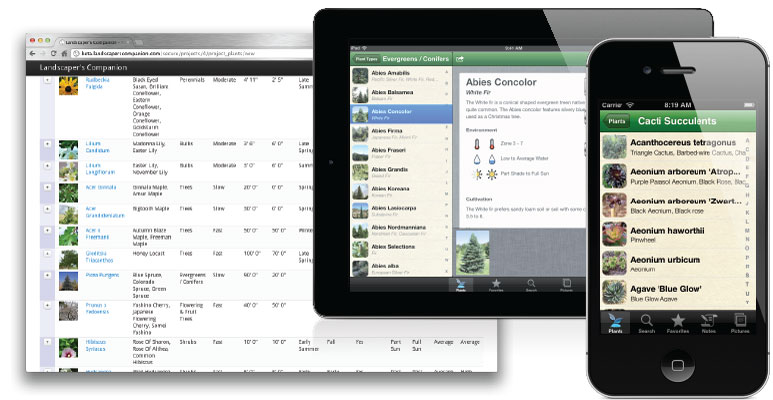
Sensitive plants located beneath the canopy of a walnut tree are most susceptible to contact with juglone through direct root contact or accumulation of the toxin from leaves and nut hulls in poorly aerated, wet soils with limited microbial activity and organic matter. Experimental studies have shown that juglone inhibits plant respiration, depriving sensitive plants of needed energy and cell division as well as water and nutrient uptake. Later in the season wilting does not respond to additional water, leaves start to brown, and the plant dies. Early wilting symptoms may also be reduced with supplemental water. Juglone-induced wilting may be partial or may encompass the whole plant. Juglone-induced wilting often occurs rapidly even when ample soil moisture is present. Wilting due to lack of water occurs slowly and can be reversed with watering. Juglone-induced wilting and wilting due to water stress are often confused. The most common symptoms of juglone sensitivity in landscape and garden plants is the yellowing and wilting of leaves, especially during the hot dry periods during the growing season, ultimately resulting in wilting and death of the plant. Many plants (e.g., sugar maple, tree of heaven, hackberries, sycamore, cottonwood, black cherry, red oak, black locust, sassafras, fine fescue, and American elm) produce allelochemicals to enhance their survival and reproduction by inhibiting nearby competition.

The production of juglone is a protective response by the plant to assure its survival. regia) and hickories (Carya) also produce juglone but to a lesser degree. Black walnut (Juglans nigra) and butternut (Juglans cinerea) are the landscape plants most recognized by gardeners as being problems for their other plants. The greatest concentration of juglone and hydroxyjuglone (a nontoxic, colorless precursor that is converted into the toxic form juglone by sensitive plants and through oxidation) is found in the vegetative buds, leaves, stems, nut hulls, and roots of the plants.


 0 kommentar(er)
0 kommentar(er)
